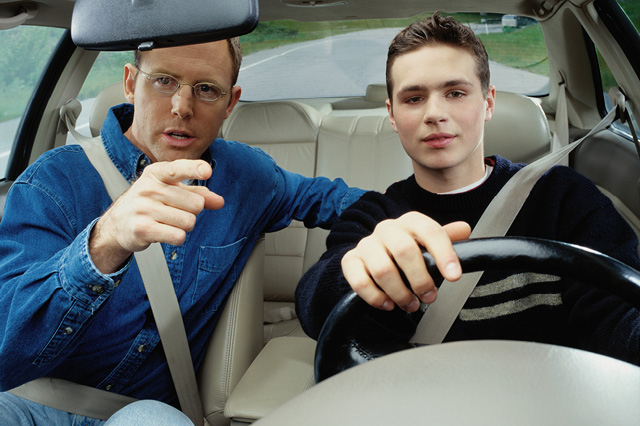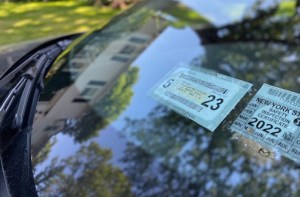Obtaining a license is a big milestone for young adults, and parents can help by using this time to develop their teen’s behind-the-wheel skills. This is easier said than done, of course, as parents may be more nervous than their teens.
To help help lessen the learning curve, we asked AAA driving instructors for their best tips on teaching teens how to drive. Following this guidance will help prepare your new driver to tackle their road test – and become lifelong safe drivers.
AAA Driver Training School’s Tips on Teaching Your Teen to Drive
- Before you take your child on the road, know your state’s restrictions. Your teen must have a permit in hand before they can do any on-road, behind-the-wheel training.
- Review the functions in the car…adjusting mirrors and the seats, proper foot positioning, using wiper controls, opening the hood, adjusting climate controls, radio, navigation system and more.
- Take your teen to an open lot – industrial park, mall parking lot, etc. – to practice driving without other traffic. When your teen starts your car, don’t panic. S/he is as nervous as you, so make it a point to keep your voice calm and provide instructions. Shouting out orders or directions is never effective.
- Start by allowing the car to roll, gentle braking and steering. Graduate to slow acceleration, pulling into parking spots, coming to complete stops, backing up, and left and right turns. Gently make corrections when necessary and praise often.
- New drivers find backing up challenging, even with a backup camera. Start by backing up in a straight line, then gradually add a left or right turn.
- When your teen is comfortable accelerating, go out on a quiet street. Teach proper behavior at intersections, using the turn signal, stopping behind the white line (if marked), yielding to pedestrians. Drive around the block practicing right hand turns until confident.
- When s/he is ready, practice left-hand turns. Be sure to explain the danger of hesitating in an intersection, and how to stay in the proper lane.
- Practice turns. A two-point turn involves backing into a driveway to reverse direction. A three-point turn is more challenging, so practice on a quiet street.
- Gradually increase driving proficiency on more-trafficked roads, including those with stop lights, multiple lanes, and even highways. Only increase the difficulty of roads when your teen says s/he is ready…do not force them to take on a challenge they’re not ready for.
- Practice at night, in moderate traffic, and in inclement weather. The more practice they have with you, the more confident they’ll feel when they’re driving alone.
- Use of hand signals can be important, so practice with your teen while out on the road.
- Finally, teach your teen not to rely on advanced driver assistance systems, such as lane-keeping warnings, back-up cameras, and automatic braking. Turn these systems off if possible so your teen learns to constantly pay attention to road conditions and becomes confident in his/her abilities.
Comfort behind the wheel requires time. That’s why every state requires multiple hours of supervised driving before a new driver can take a road test. Be patient and increase the level of difficulty gradually.
AAA Driver Training is available in Massachusetts and Rhode Island. Learn more.













